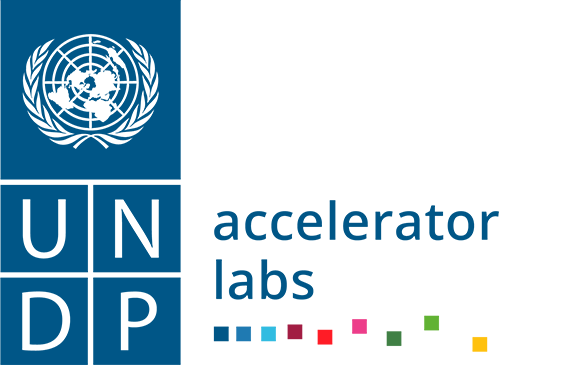What it does. The SDG Digital Finance Ecosystem Assessment (SDFE) provides an in-depth understanding of the drivers that make a country digital finance ready, which in turn supports the design of policy interventions and investments needed to fast-forward its digital journey. The assessment helps link digital finance policies with SDG financing as well as the government and regulators’ climate resilience commitments. It also investigates the digital economy and digital finance ecosystem to understand the current level of (digital) financial inclusion for underserved segments of the population, with a specific focus on women, to identify key drivers and opportunity areas within the digital economy that can advance inclusion.
Value proposition. Using this assessment, UNDP can help a government to identify gaps and opportunities within their domestic digital finance ecosystems, revealing the level of inclusion of vulnerable segments in digital finance and the broader digital economy, and measuring the extent to which the digital finance ecosystem is aligned with national SDG priorities.
Why and when to use it. This tool is appropriate for a government that wants to use data to understand where the gaps and opportunities for financial inclusion lie and use it to inform their national development strategy and policies. Established relationships with national partners and private sector partners are critical to conducting the SDFE successfully. Pre-existing relationships with NGOs that have ties to people and communities are often overlooked, are also essential to collecting in-depth data from diverse sources.
Known issues and troubleshooting. Collecting good qualitative and quantitative data from diverse sources is time and labor intensive. It requires managing many levels of stakeholders to secure high response rates for surveys and participants for interviews and consultations. Additionally, because there is quantitative data collected at the global level, e.g. GSMA, there is added value to gathering granular and nuanced qualitative data (even though global data can serve as a benchmark). Given the above, it’s important to work with a flexible timeline.
Context. In 2018, the Moroccan government prioritized improving financial inclusion and envisioned a transition to a cashless, digital local economy. As a result, the National Financial Inclusion Strategy was developed. However, despite Morocco’s status as a lower-middle-income country with a sizeable underbanked population, digital finance is underexploited as a catalyst for inclusive growth. For example, digital payments have the potential to expand access to finance for the unbanked and underbanked, but digital payment adoption is still in its very early stages.
Cost. Approximately USD 40,000 for a consultant, and a high-level event to share policy recommendations and best practices from other countries.
People. A UNDP Country Office (or a similarly equipped unit) can participate in the assessment design process, provide input and engage in troubleshooting during the research implementation process. A researcher can help coordinate stakeholders, conduct interviews and co-author the report.
Focal point. Najoua Soudi
Country, year, and language. Morocco, 2023, English and/or French
Resources
- Report on assessment findings (French). Use this resource to see how the digital finance ecosystem assessment can deliver insights on financial inclusion.
- UNDP/UNCDF joint offer on digital financing of the SDGs (English)
